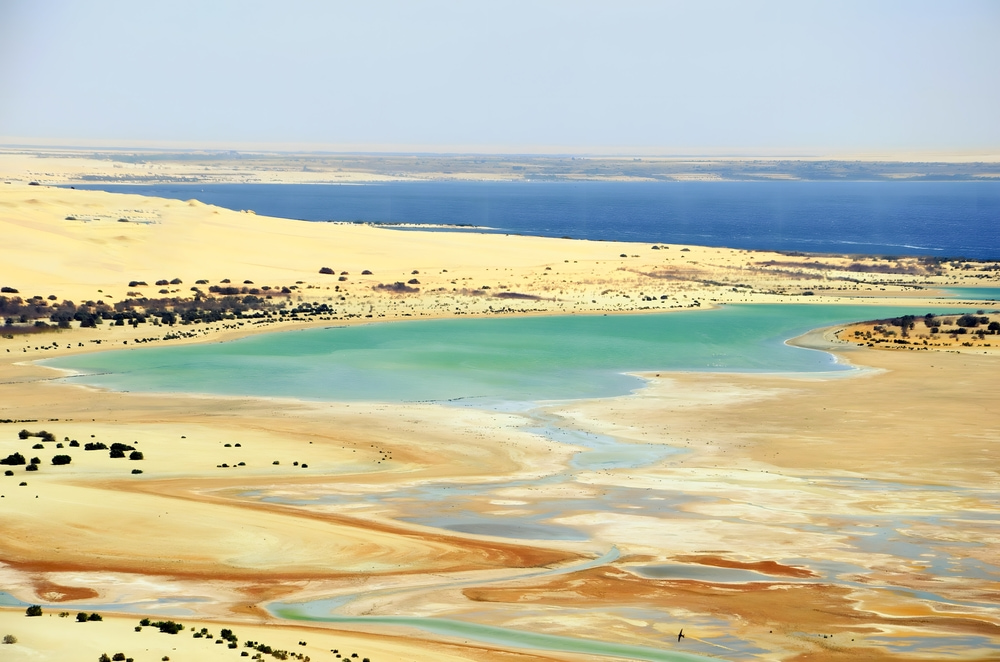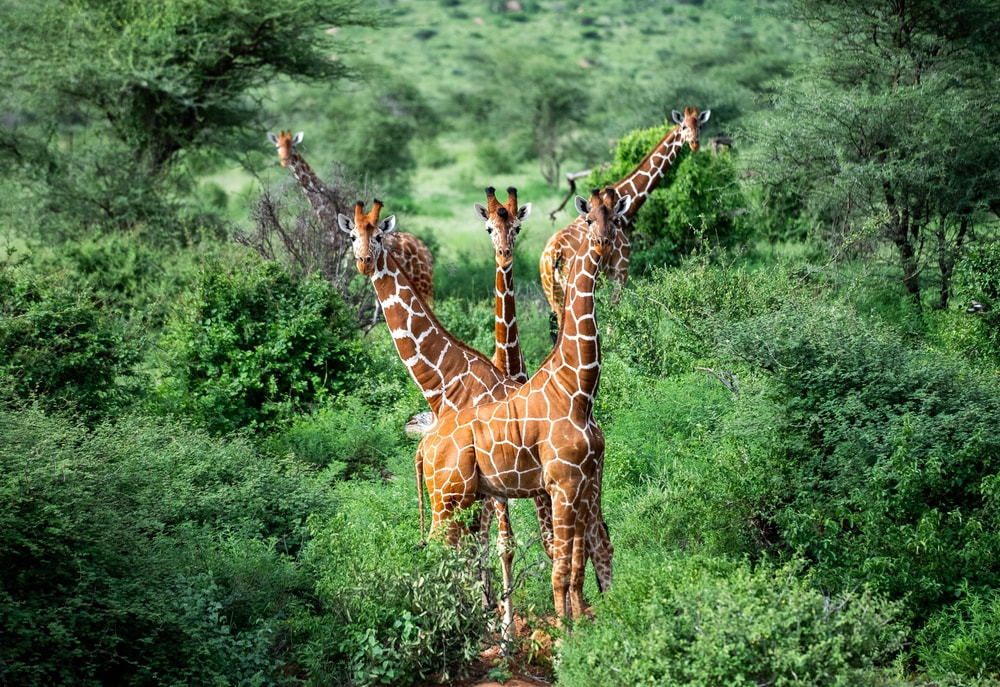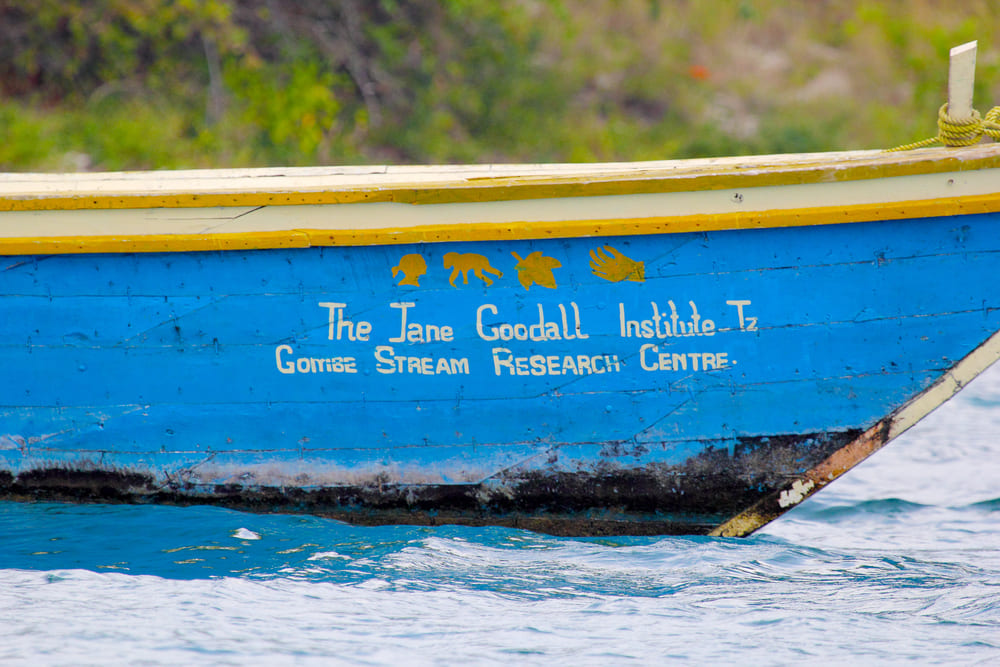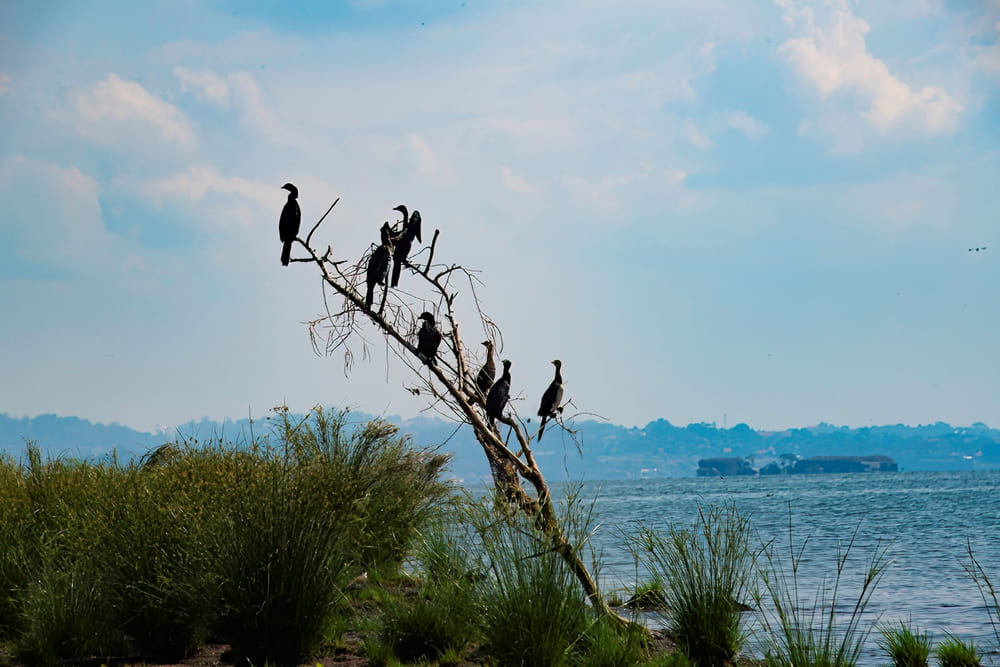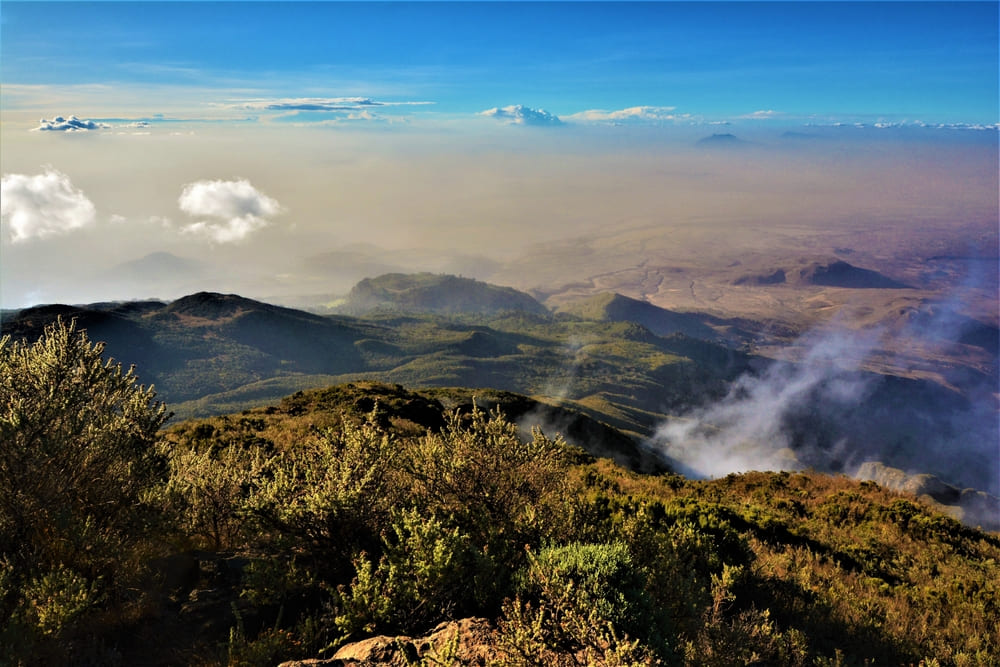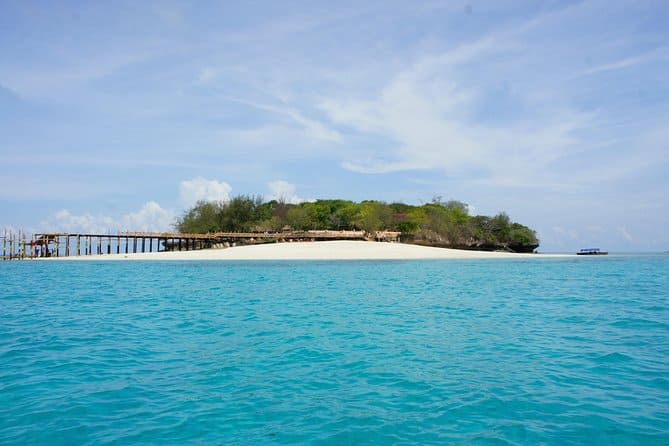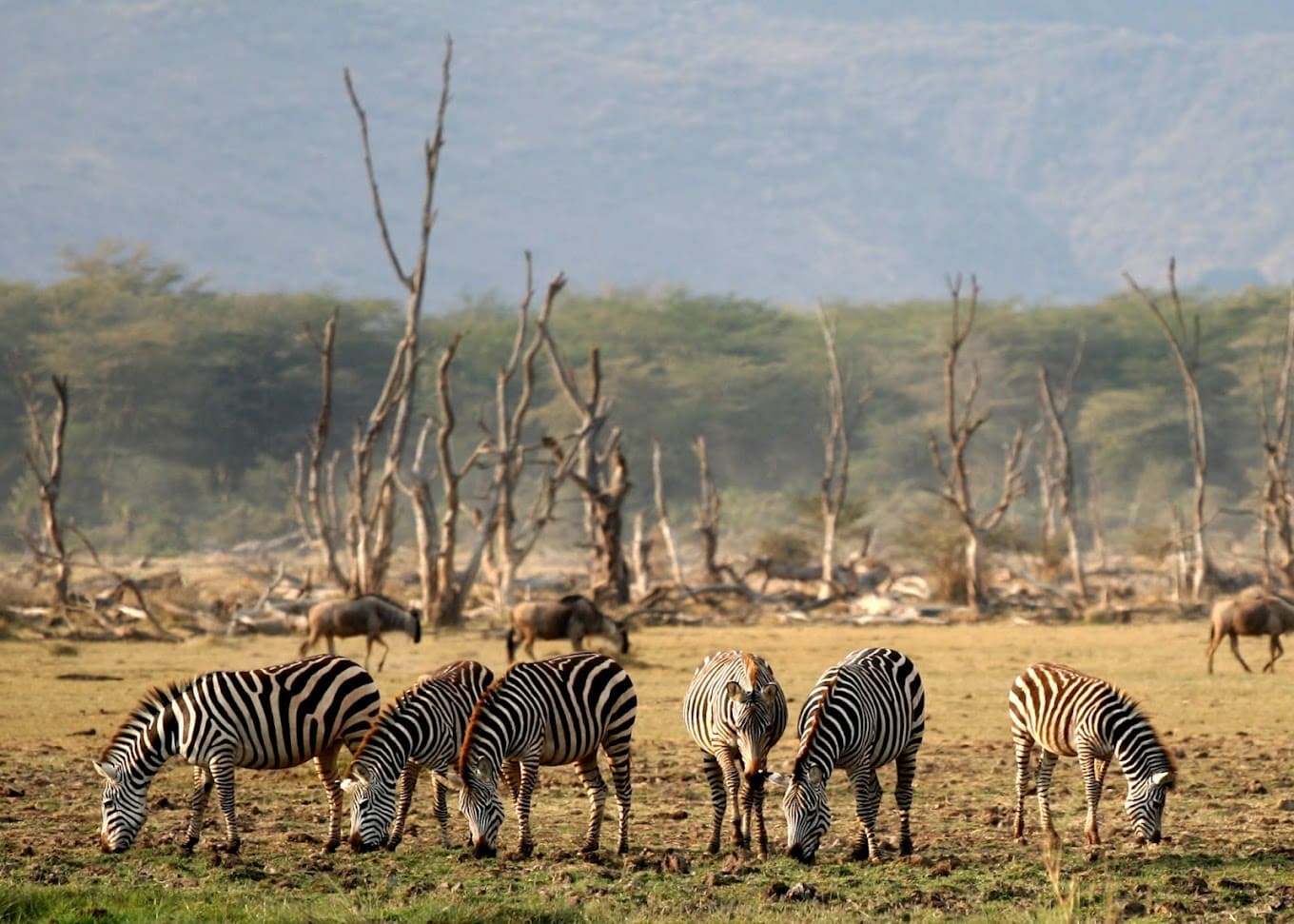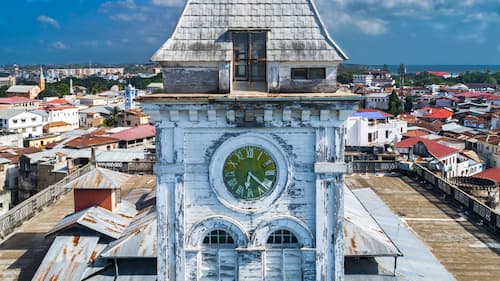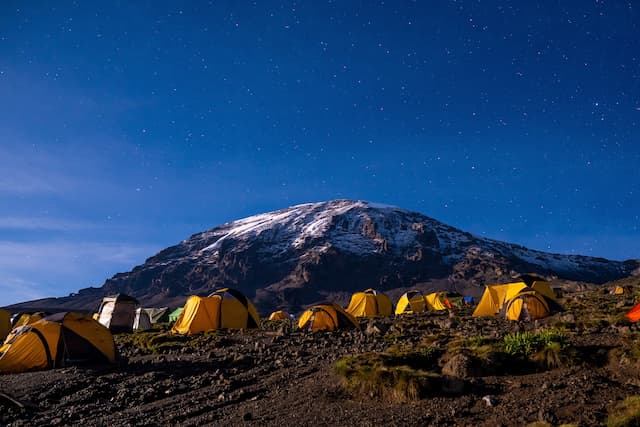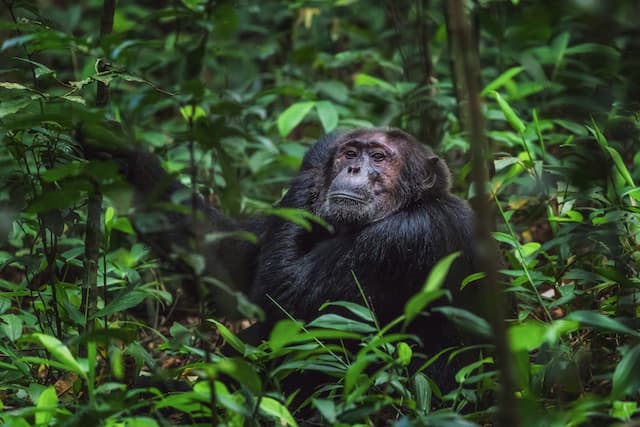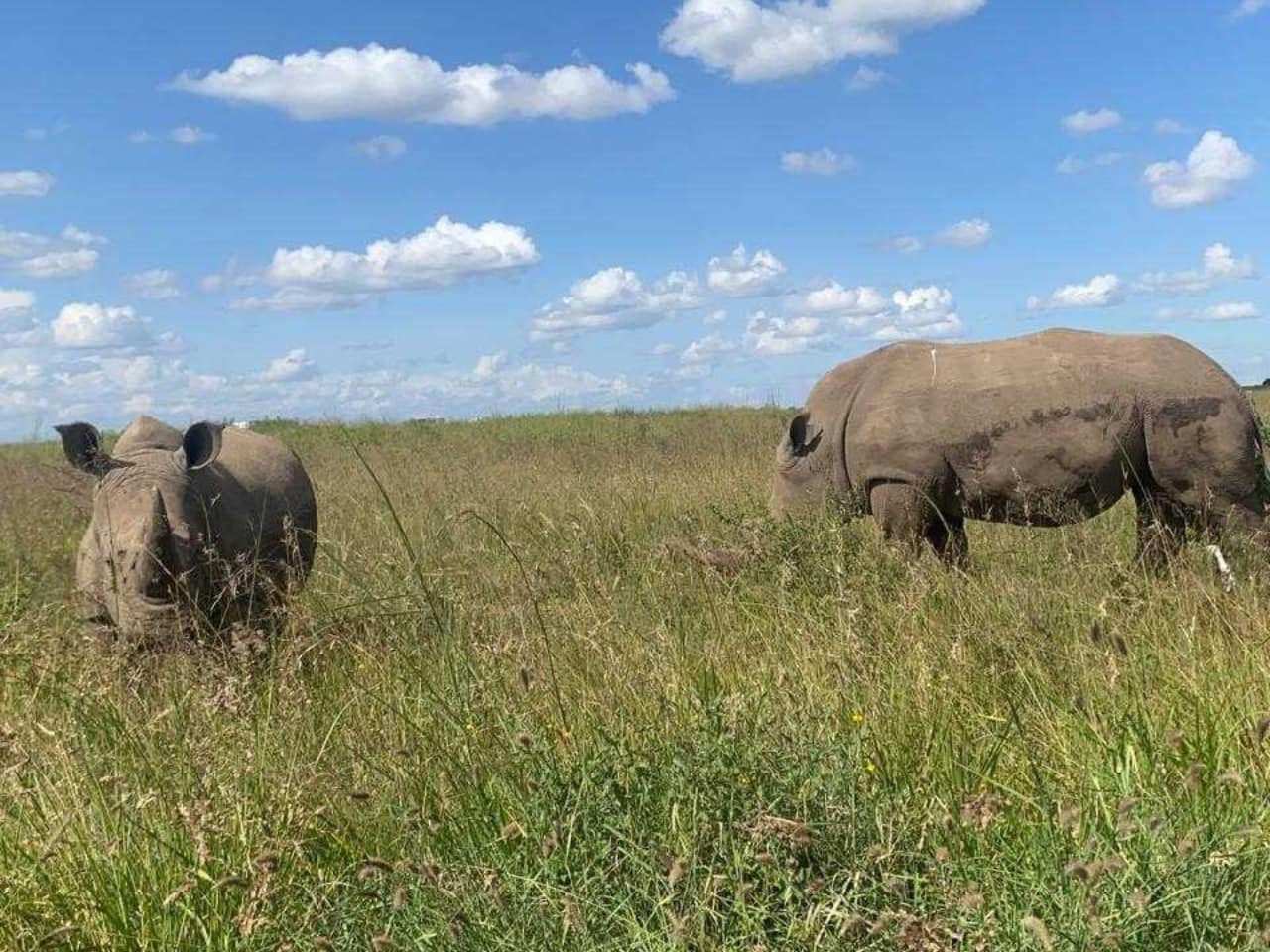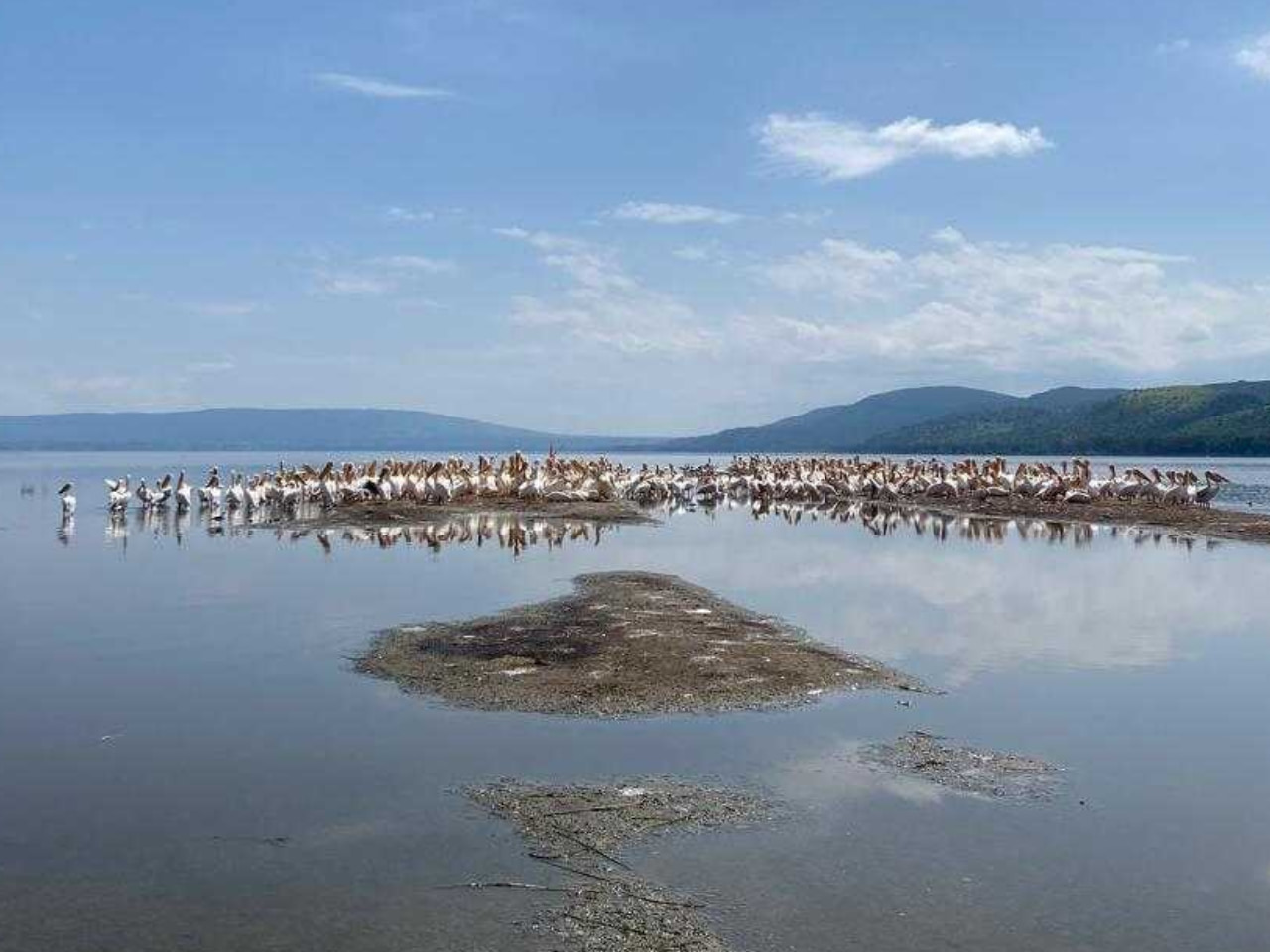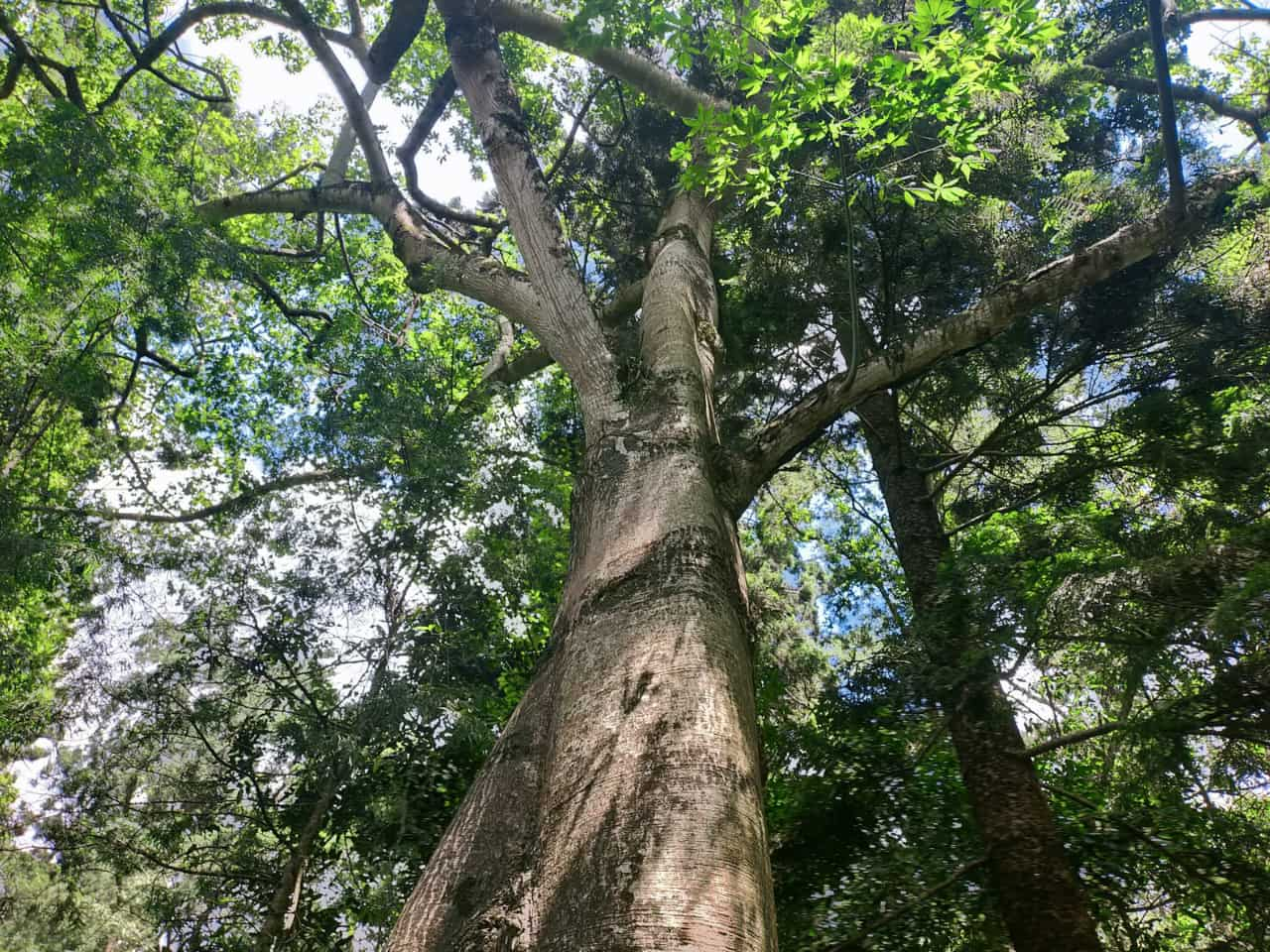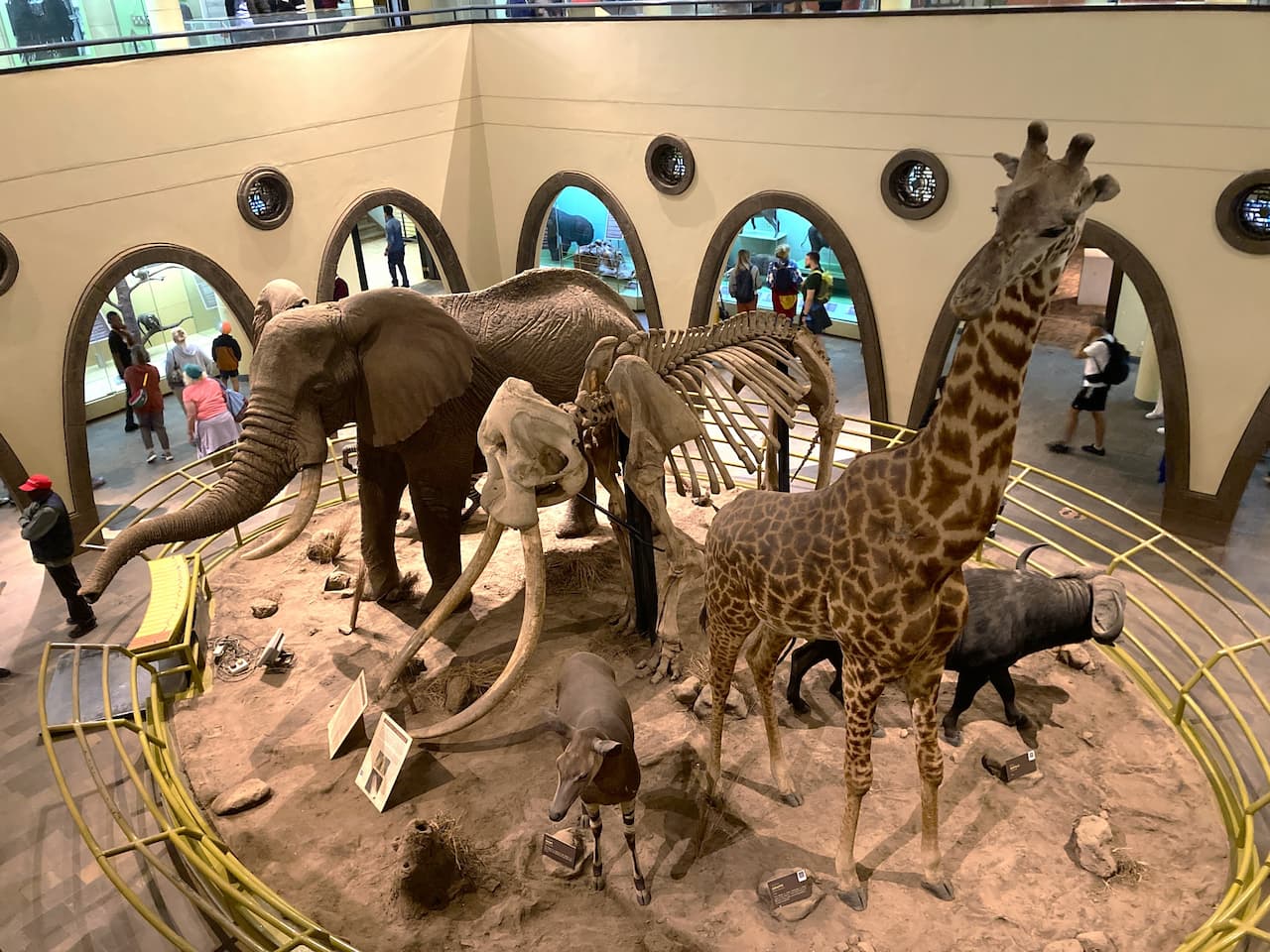Located on the eastern shore of Lake Tanganyika in western Tanzania, Gombe Gorge National Park is one of the smallest national parks in the world, yet a special place that offers the most inspiring wildlife experiences. Covering just 56 square kilometres, the park is a sacred site where legendary primatologist Jane Goodall has been studying chimpanzees for more than 60 years, promising a tranquil encounter with the closest animal to humans.
"Forest dialogue" with relatives of mankind
Needless to say, the main purpose of visiting Gombe is chimpanzee trekking. Far from your typical safari, this experience offers you intimate time with your "cousins," who biologically share about 98.6% of your DNA with humans.
Of the approximately 100 chimpanzees that inhabit the park, the "Kasakera" group, in particular, has been accustomed to human presence by researchers and can be observed from a relatively close distance. On the morning trek, you can see them getting out of bed, foraging for fruit for breakfast, and socially grooming.
The sight of a chimpanzee deftly eating fruit in a tree, the affectionate sight of a mother cradling a young chimpanzee, and the occasional moments of intense social maneuvering – all of these are mirrors of the patterns of behavior that we humans share.
Follow in the footsteps of Jane Goodall
The charm of Gombe is not just about meeting chimpanzees. The history and passion of Jane Goodall, who began studying chimpanzees in 1960 at the age of just 26, is alive here.
At the Jane Goodall Research Center in the park, you can learn about her revolutionary discoveries, such as the use of tools and the existence of complex social structures. In addition, from the observatory called "Kasakera Peak", where she made her first observations, you can feel the origin of her research, along with the magnificent view of Lake Tanganyika.
If you're lucky, you might meet Dr. Goodall himself, who still visits several times a year, and other scientists who have been working in the park for decades. Their passionate stories make us understand the specialness of this place even deeper.
Forest dwellers other than chimpanzees
Gombe is not just a park for chimpanzees. The lush forests are home to a diverse range of primates, including colorful olive baboons, colobus monkeys, and red-tailed monkeys. Large herds of olive baboons, in particular, are often seen lounging on the beach, and it is also an interesting experience to observe their social interactions.
Bird watching is also one of the attractions not to be missed. More than 200 species of birds are home to the area, and encounters with colorful birds such as the beautiful "Western Hummingbird" and "Greater Hummingbird" will enrich your walk in the forest.
The Border Between Water and Forest—The Bounty of Lake Tanganyika
The special charm of Gombe is also in the unique ecosystem where the forest meets the lake. Lake Tanganyika is the second deepest lake in the world, and its crystal clear blue water is perfect for rejuvenating after a long trek.
Lakeside swimming and short lake tours in traditional wooden canoes allow you to experience the beauty of the park from a different angle than chimpanzee viewing. You can also observe a wide variety of fish species in the lake, especially the brightly colored fish called cichlids, which are popular as freshwater tropical fish.
Practical Information—How to Visit and Spend Time
Access to Gombe is about 2-3 hours by small boat from Kigoma, Tanzania's second largest city. There are several regular ferry departures per week, as well as charter boat rides. Domestic flights fly to Kigoma from Dar es Salaam.
Accommodation in the park is limited, and there are two main ones: Gombe Forest Lodge and Kasakera Research Camp. Both have a small capacity, so reservations must be made several months in advance. It is also possible to stay overnight in Kigoma and visit Gombe on a day trip.
Chimpanzee treks are done twice in the morning and in the afternoon and require a permit of about $100 each. There is a limit on the number of people per group, so advance reservations are essential. Trekking can sometimes involve climbing steep slopes, so you'll need a certain amount of physical fitness and proper equipment (e.g., long-sleeved clothing, sturdy shoes, insect repellent, etc.).
The best time to visit is during the dry season (June to October). During this period, chimpanzees often spend time in the lower layers of the forest, making it easier to observe.
Conclusion: Deep Learning in Tranquility
Gombe Gorge National Park offers a tranquil and intellectual journey that sets it apart from the flashy 'Big Five' safaris. The proximity to chimpanzees and the experience of observing their facial expressions and behavior patterns up close quietly but surely changes the worldview of many visitors.
"Who are we?" and "Where is the boundary between humans and animals?" – a place where you can face such philosophical questions not through words, but through experiences in the forest. That may be the biggest attraction of Gombe. As Jane Goodall has shown throughout her life, it is a special place that gives us an opportunity to think about how to live in harmony with nature.

